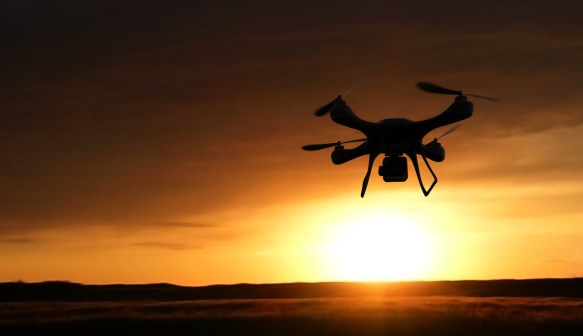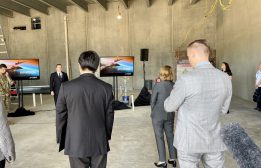Pentagon’s Hicks wants more focus on cyber, EW capabilities for missile defense

The Pentagon needs to evolve in its approach to air and missile defense, particularly through non-kinetic, technological means, according to the department’s No. 2 official.
The U.S. military faces a range of threats, from small drones to hypersonic weapons. While there is still a key need for “kinetic” weapons such as missile interceptors to defeat threats, “increasingly we have to be looking at opportunities that are non-kinetic,” Deputy Secretary of Defense Kathleen Hicks said.
Speaking Friday during an event hosted by the Reagan Institute, Hicks highlighted the need for “integrated” air and missile defense capabilities, to include cyber, electronic jamming, and other tools.
“Whether it’s unmanned systems, low [and] slow fliers as we used to just call them, up through the cruise missile challenge … all the way up through the more advanced threats we’re seeing today, the way in which we have to think about missile defense, both regionally and here in the United States, really has to evolve substantially,” she said.
While Hicks didn’t identify what some of the other capabilities might be, the Pentagon has been working on directed energy systems such as high-powered lasers and microwaves that could potentially defeat threats less expensively than traditional interceptors.
Sensors are also an important piece of the kill chain.
The DOD put “quite a bit of money” in the fiscal 2023 budget request for investment in detection capabilities such as radars and its space systems architecture, Hicks said.
The Pentagon is currently “very challenged” when it comes to being able to defeat air and missile threats.
“I don’t want to sugarcoat that,” Hicks said.
She emphasized the importance of the U.S. military’s conventional and nuclear forces in deterring adversaries from launching an attack in the first place.
“We have long emphasized, and I will emphasize here today … how seriously we view any kind of attack on the United States homeland, whether that homeland is Guam, Hawaii, Alaska, or the continental United States,” Hicks said. “We have to be able to rely on that full suite of capabilities and the time and place of choosing for the United States to respond.”
Hicks isn’t the only senior DOD official who is keen on exploring new tools besides interceptors to defeat cruise missiles and other evolving threats.
Gen. Glen VanHerck, commander of U.S. Northern Command and North American Aerospace Defense Command, said he wants the Missile Defense Agency, the military services and industry to “let their minds run wild on capabilities to accomplish this mission.”
“There are multiple ways beyond the kinetic end game defeat of this that we could potentially be successful,” he told the Defense Writers Group on April 25. “And that could be through the use of the electromagnetic spectrum and other non-kinetic means to be able to do something beyond point defense and more wide area of defense or a limited area of defense.”






